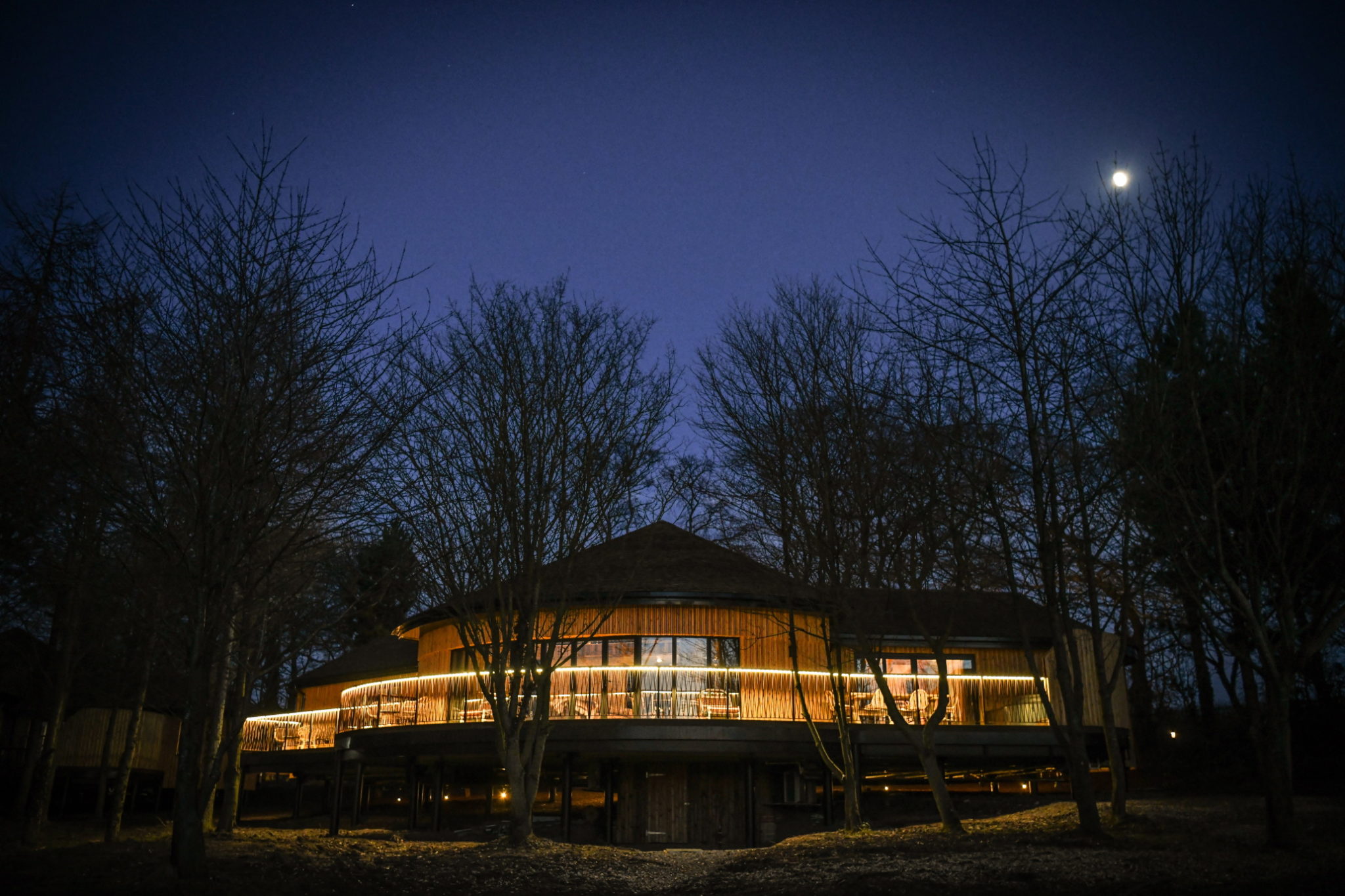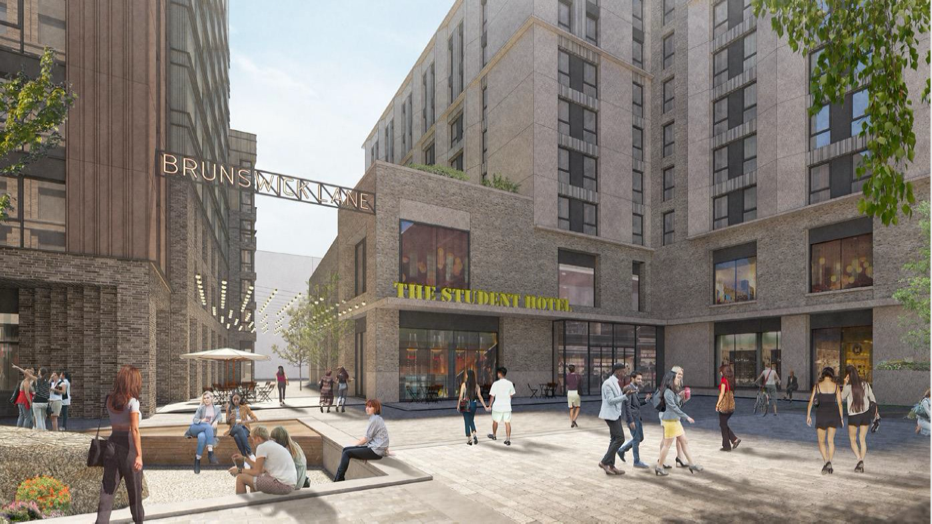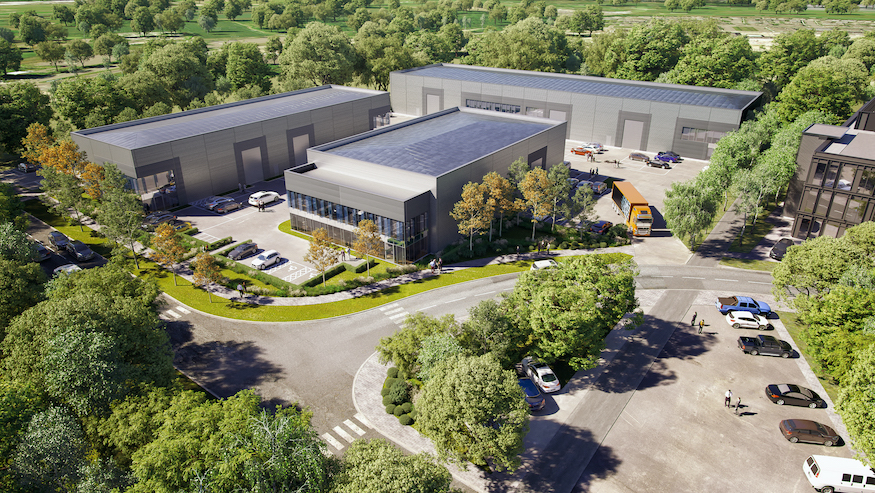The client organisation has over 100 years of experience in the built environment, delivering a core suite of professional technical services. They operate in both public and private sectors and take great pride in their levels of professional competence, training and qualification.
They operate in a number of sectors and have office locations in the Americas, Asia Pacific, India, Middle East and European regions.
The business was acquired in 2012 by one of the world’s leading network of professional service firms operating out of over 46 countries.
This engagement centred on the Middle East component of the business where, in the previous 2 years, the senior management team had exited the business. Consequently, the business was being managed by a young group of technically competent individuals but who were lacking management skills, tools and experience.
In a environment of leadership uncertainty, this group had entered survival mode and were facing, with a certain level of fear and trepidation, the cliff-edge of projects completing and no fresh revenue 6-months down the line, without a rescue plan.
The operational unit had managed to generate good revenues but were unable to return a profit.
In that context, morale and confidence were low, bad-debts were restraining the business and insecurity was crippling the teams’ capacity to stand back, assess the situation, re-capture the vision of the business and plan their route to success.
So, we implemented a 3-element process to turn the business, its client relations and people around.
The first element was introspective. We facilitated the group determining what they wanted to achieve. Though a structured approach, we re-engaged a sense of ownership and accountability for the business and its performance building on the personal ambition and accountability / loyalty felt by this young team. Through a process of margin gains, small changes aggregated together combined with the knowledge that these had been predetermined and designed specifically, the causal links were established and confidence was built.
The second element was external focussed. Through a process of market review, the external environment and direct / in-direct competition, an assessment and understanding of the external environment was established. We also determined a future market position that the business wanted to capture, which would deliver improved client relationships, pride in the projects, relationships and work undertaken and improve financial performance metrics. This process included a wholesale review of clients, sectors and services and determining the absolute best-fit for the business. This also enabled a redesign of the service offering with a repositioning of clients and their needs at the centre of the business model and transformed the trajectory on which the business was moving.
The final element involved planning for growth. Having assessed client requirement and internal capability, personal development plans were aligned to the new business plan, the gaps identified in expertise, experience and knowledge informed the recruitment process and the management team communicated their strategy with the wider business to leverage latent capacity and capability across the business.
The results from this project were remarkable – at both a personal and business level. The client prospect list was reduced significantly, the quality of project commission improved significantly, the service offering expanded, morale lifted and confidence to achieve great things returned to the business. Individuals were promoted, a graduate development programme initiated and performance reviews enhanced and linked to salary reviews.
The business moved rapidly away from the cliff, after an initial 3 month period. The budget revenue for 2014 was surpassed by 10% and profit 33%. That trend continued in 2015 with headcount growth of 57%.
The success of the case is not only in the performance improvements gained through the period but the legacy of business and management expertise, experience and knowledge now embedded within the business unit and individuals.



